Sistan and Baluchestan Travel Guide
If you wish to travel to Off the Beaten Track destinations in Iran, do NOT miss this Sistan and Baluchestan Travel Guide!
Introduction
Read this short article as Sistan and Baluchestan Travel Guide and see the photos and videos of this untraveled route of Iran to understand why you should travel to Sistan and Baluchestan and put it on your bucket list.
Sistan and Baluchestan is one of Iran’s provinces located in the southeastern corner of the country. Baluchestan, also spelled Balochistan or Baluchistan as well. Iran has 31 provinces, each one with its own special tourist attractions. The Main Tourist Cities, well-known among travelers, are located on the major traveling route of CLASSIC IRAN. There are also other tourist cities off the main route, which have also been mentioned in most travel guides to Iran like Lonely Plant, Bradt guide, and Petit Futé. Apart from the main tourist destinations, there are also Off the Beaten Track destinations with special attractions in Iran. Some of those are unknown to travelers, and they have not been mentioned in the guide books or popular traveling sites. Sistan and Baluchestan province is definitely on top of this list that could be considered an independent destination in Iran. According to the time of your travel to Sistan and Baluchestan, your interests, and the types of activities you would like to do during your holiday, you can stay from at least one week to one month in this region.
General Information
Sistan and Baluchestan province comprises two large sections, Sistan in the north and Baluchestan in the south. The Farsi name “Sistan” comes from Old Persian Sakastana, meaning “Land of the Saka”. The name Baluchestan- also written “Baluchestan”- means “Land of the Baluch” in the Persian language and is used to represent the majority of Baloch people inhabiting the province. Sistan was added to the name of the province to represent the minority Persian people who speak the Sistani dialect of Persian.
This amazing destination, with 180,726 square meters, is second Iran’s largest province which is bigger than many European countries. If you look at the Iran province map, you could have a better picture of this region. Sistan and Baluchestan province is located in the southeast of Iran with a long land border of over 1000 km with the two Iran neighbors of Pakistan and Afghanistan. It has a sea border with Oman and UAE countries through the Gulf of Oman as well.
The capital of the province is Zahedan. The other main cities include Zabol (Sistan), Iranshahr, and Chabahar port (Baluchestan). The main tribes are Sistani and Baluchi who speaks Persian and Baluchi languages. The province with around 3 million residents is the lowest population density rate in Iran and constitutes only 3 percent of Iran’s 84 million population. Chabahar port, the only port in Iran with access to the oceans, is on the Gulf of Oman (Makran Sea). Chabahar is the main hub of Iran for trade in the Middle East and South Asia. Sistan and Baluchestan is the only province of Iran where the majority of its people (%51) live in the rural districted area than in the cities.
People’S ethnicity in the Sistan region, in the northern part of the province near the Afghanistan border, is Persian. The population of Persian (Sistani) people in Sistan and Baluchestan province is a minority compared to Baluchi people.
Baluchestan refers to the western, eastern, and southern parts of Sistan and Baluchestan province, where the ethnicity of the people is Baluch. Iran is home to nearly 2 million Baluch which comprises approximately 2 percent of the whole population. The majority of Baluch people are Sunni. The other Baluch people, about 6 million, live in Pakistan, and the rest, almost 600,000 people, live in Afghanistan as well. Here, you will find the map of the Baluch people who reside in those counties.
Short History
The region has a quite long history. Sistan is known to be where the Saka, a group of nomadic Iranians lived in the 8th century BC. It is also known to be the birthplace of Rostam, the bravest of the brave, a hero of the Shahnameh. Best of all, Khajeh Mountain- which is the only high ground in the area- is known to be the birthplace of Zoroaster, the ancient Iranian prophet who founded Zoroastrianism.
In ancient times, the region connected civilizations and trade routes between South Asia and the Middle East. The entirety of Baluchestan was part of the ancient Persian Empire during the Achaemenid period including parts of the Afghan, Arab, Greek, Indian, Mongol, and Turkic empires.
In the 19th century, this region was bordered by the British Empire to settle the territorial disputes with the Qajar dynasty that ruled Iran at that time. The Baluch have rallied many times for independence from that year.
Near the sea, the land covers parts of the coastline of the Gulf of Oman. Since this region had many wetlands in its vicinity, the sea and the surrounding area were named Makran for many years. Makran (or Macran) means Wetland in ancient Persian. On the clay tablets of Achaemenids and Sassanids, the Gulf of Oman was named Makran Sea and it is said that it was changed by Britain in the 19th century.
Geography
Sistan and Baluchestan is attached to the Lut Desert. The province with the lowest rates of rainfall is one of the driest regions of Iran with hot weather and arid conditions. The climate in this part of Iran is different from the rest of the country. Here, the seasonal winds blow from different directions. Levar “Baluchi word” is the name of the most famous 120-day wind of Sistan. The other famous winds include the seventh “Gav-kosh” wind means cow killers, the Nambi or south wind, the Hooshak wind, the humid and seasonal winds of the Indian Ocean, the North or (Gurich) wind, and the western (Gard) wind. These famous winds start at the end of spring and finish at the end of the summer season. The land of Sistan and Baluchestan enjoys an amazing diversity; it is a combination of the Desert region (Dasht-e Lut), the Mountainous region (MT Taftan & Bazman Volcano), and the Sea in the south (Gulf of Oman). The diverse terrains create a special opportunity for adventure seekers and all nature lovers.
Landscape
One of the highlights of Sistan and Baluchestan is its special landscape and amazing scenery of nature. If you are a photographer or you are into nature and landscape photography, you should know that Baluchestan is one of the photography spots in Iran.
-
Martian Mountains (Makran Coast)
The famous Martian Mountains which are above the southern coast in the west and east direction of Chabahar are one of the most spectacular landscapes of Iran.
-
Kaluts & Rig-e Yalan (Lut Desert)
Some part of the Lut Desert is covered by Kaluts. The Kaluts- also written “Kaloots”- is a large area of soft, consolidated rock and bedrock that have been extensively grooved, fluted, and pitted by wind erosion. These huge sandcastles in the rough rocky desert have been sculpted by millennia of wind erosion into long lines of photogenic formations. A large part of the Lut desert is covered with Kaluts, so the length of the area in some parts is 150 km and the width is about 50 km. This huge size of the sandcastle with a 360-degree spectacular view makes it an imaginary place and one of the best locations for landscape photography in Iran. The best time for photography is sunrise and sunset times when light and shadows turn the scene into a shimmering canvas of gold and brown.

Another part of the Lut desert is covered by huge sand dunes of Rig-e Yalan which is the most famous part of this desert. Rig-e Yalan is one of the tallest sand dunes in the world located in the Dasht-e Lut desert in the northwest of Zahedan. Dasht-e Lut was registered as a natural site on Iran’s UNESCO World Heritage List in 2016.
-
Darak and Tang villages (Gulf of Oman)
Other highlights of Baluchestan include the two villages of Darak and Tang which are the two phenomena of Iran. They are the meeting point of desert and sea, located 150 km away from west Chabahr in the Gulf of Oman. This is another scenic location that is perfect for photography. If you travel to Sistan and Baluchestan on the road, you will be amazed at one of the most spectacular roads in Iran with a wide range of landscapes.
Foods and Drinks
Another attraction of the Sistan and Baluchestan region is its traditional cuisine. The food in the Sistan region and the cities around Zabol in the northern part of the province is quite different from Zahedan (the capital) in the central part, and they are totally different from the southern part along the coast which is mostly seafood and spicier. Besides tasting the food in the hotel or restaurants, you should try the handmade cook of the locals in their houses. Like other places in Iran, many special foods are only cooked in the house and it is not easy to find in the restaurants. Even the recipes of their meals are quite different from the same meal you taste in the restaurant. Some of the famous meals include Yellow Whey, Tebahang, Anbag, Keraie (Pakistani food with special spice), Tanourcheh Kabab, Champ Kabab, Pickled Mango, Chicken Mango, Anbag, and Sholeh Zard.
Activities
Sistan and Baluchestan is the land of activity. The vast land of the province with diverse types of terrains offers you the chance to do various activities in this region. The sea, with a 300km long coast along Martian mountains, and the desert region of Lut provide various types of sea, desert, and mountain activities. In Adventure Iran, we have carried out all of the activities mentioned below, except surfing, in this province:
Trekking in Sistan & Baluchistan
- Trekking is one of the most popular activities you could do in the mountains, desert, and coastal regions in Baluchestan.
For those who are interested in high peaks as well as mountain trekking, the two famous semi-active volcano mountains Taftan (4000 m) and Bazman (3490m) are the best options in the region. The perfect time for the ascent is from November to March. For those who are into the short trek, there are other regions like Martian Mountains. It offers you good walking trails which are also ideal for photography in the early morning and the late afternoon.
If you like desert trekking, Dasht-e Lut desert is the best place for short and long desert trekking.
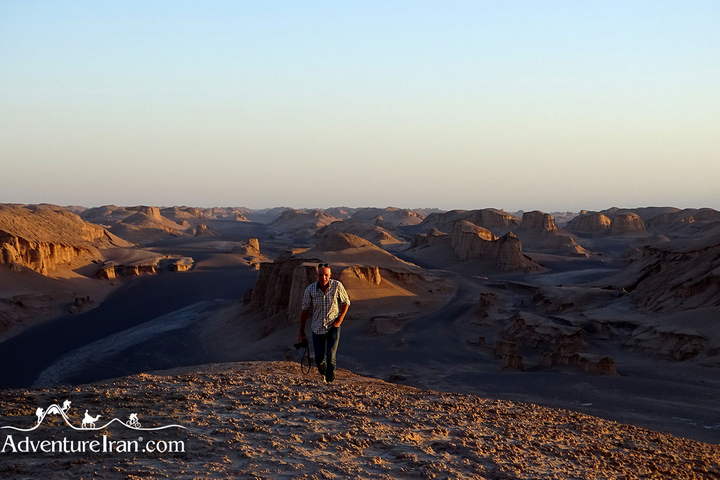
4×4 Safari in Sistan & Baluchistan
- 4×4 Desert Safari is one of the most sought-after for all ages requiring no physical activity. You could have a day off-road excursion up to a one-week expedition desert safari inside the Lut desert, and sleep in a tent in different places in the desert every night. Please have a look at the video of 4×4 Lut desert safari tours to get a better idea of this exotic adventure.
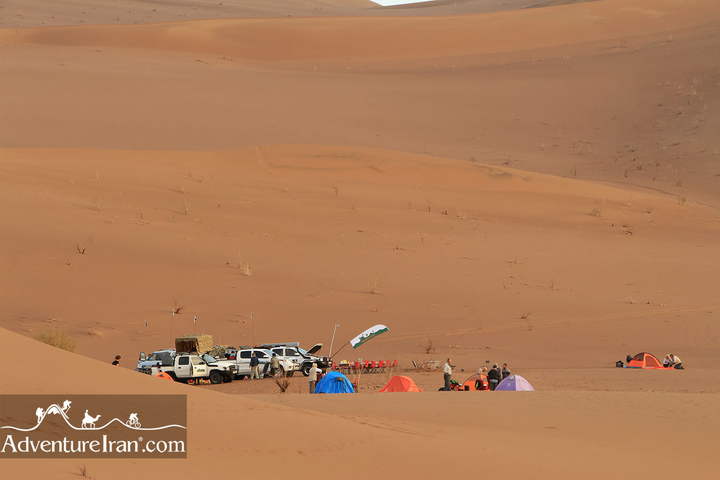
Cycling in Sistan & Baluchistan
- Cycling is another activity that allows you to explore and discover attractions in more detail compared to traveling by car. One of the best places for cycling in Sistan and Baluchestan is the coastline from the Pakistan border (east coast) towards Zarabad village (west coast). It is about 265 km paved road along the coast with an amazing view of the sea. Alongside the coastal road, many tracks are passing through the villages which is the best way to get in touch with the hospitable people of Sistan and Baluchestan.

Diving in Sistan & Baluchistan
- Diving & Snorkeling are very popular in this province. There are few places in Iran proper for diving. If you have Padi or another diving certificate, you can experience a diving trip in the Indian Ocean. In Chabahr, there is a dive center with a few friendly and helpful instructors. For those who are not professional, the dive center offers snorkel and Scuba fins and you can enjoy snorkeling in the sea. Moreover, they have boats for your sea activities.
Bird-Watching in Sistan & Baluchistan
- Birdwatching is another special activity on the east coast. Gwatre bay (Guader) and the mangrove forest in the bay is the best place for birdwatchers who would like to watch or take photographs of the birds. Even if you are not an expert in knowing the birds, you will be enjoying the boating trip in the bay. The best travel time for birdwatching in Sistan and Baluchestan is the end of February and March. This place is one of the most famous sites for birdwatchers who travel to Iran only for Birdwatching Holidays.
Swimming in Indian Ocean of Baluchistan
- Swimming is the general activity of everybody in the sea. There are a few touristic regions like Chabahr beach in the province which is marked for swimming. But if you are looking for a coast without any tourists, you should drive to the east or west of Chabahar.
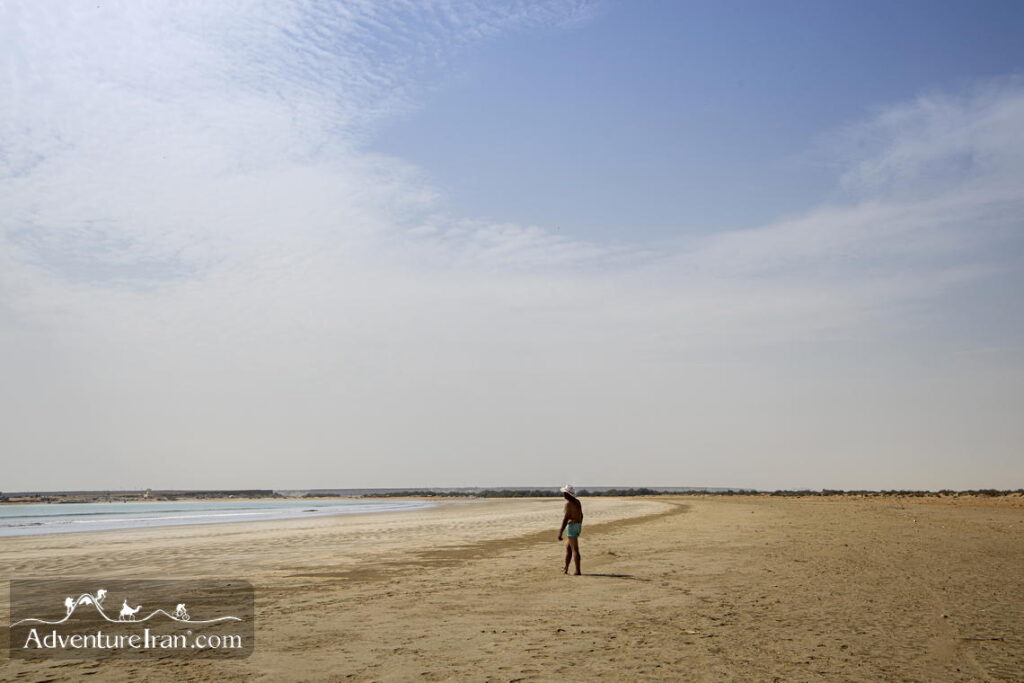
Camping in Baluchistan
- Camping is another activity you could enjoy in Baluchestan. Sleeping one or two nights along the coast and being isolated from mobile coverage would be an amazing idea. There are a few nice places in the west and east of Chabahar port proper for camping on the beach. Darak is one of the best spots located 150 km away from the west of Chabahar. Another beach on the east coast is around Gwater bay, though distant from the coastal road, and you should take a walk to reach the beach, but you would be alone at the coast far from the passenger crossing the coast by car.

Surfing in Baluchistan
- Surfing is not much popular, but if you are a surfer, the Makran coast has the best winds in Iran which make it perfect for surfing activity. The best location for surfing is around the Chabahar coast. The best season is the end of the spring (May and June). Easkey Britton was the first surfer who chose to surf in Iran. Irish surf champion Easkey Britton hopes her visit to Chabahar will encourage women around the world to try the sport.
For more information please read the articles in the below links:
- Easkey Britton in the Guardian.
- Surf in Iran | Cross Culture Surf
- Documentary on Iran’s first surfer makes waves for women! – Green Prophet
Photography Journey in Sistan and Baluchistan
The Sistan and Baluchistan province is Iran’s best photography destination for People and Landscape Photography. This region enters you to another country with absolutely different ethnic, cultural cloths, landscape and of course authentic object for photography in Iran. If you are a photographer please have a look at the article for the Baluchistan Photography Travel Guide. If you are interested in a tailor -made tour package, Baluchistan Photography Tour is a special photo trip of Iranian Baluchistan, which is focusing on portrait and people photography.
Balooch People
If you like people, you will love Sistan and Baluchestan. Iran is well-known for hospitality as Iranians love travelers. Since this region is totally off the beaten path, local people have not seen many international travelers and it would be unusual for them to visit people with different appearances and clothes. Recently, the number of domestic visitors has increased in the province and a few local travel companies arrange domestic tours for Iranian travelers as well. But they will only visit the southern regions along the coast such as Chabahar port. So the rest of the province is still untraveled route. In some rural districts and small towns of Sistan and Baluchestan, the locals have never seen people from other regions and they have only visited their neighbors. In the villages, people live so basically. It is hard to believe that there are still some places in the world where their residents have not seen a mobile yet in their life. For those who are interested in anthropology or portrait photography, this region is heaven. You could see people with different costume, culture, and language as if you were in a different nation and it is unbelievable.
Note: The photographers or everyone who have a large camera should be careful to not use their cameras in a public place or shoot people without permission. You should always start to talk and communicate with them and ask them first if they would like you to take picture of them. You can ask your guide to translate your words for them as they cannot speak English.
Music
Sistan & Baluchestan has one of the most interesting and different folklore music among all regions of Iran. Due to the geological difficulties of reaching nearby Iranian regions (such as deserts and mountains on the way), they have been influenced by neighboring countries like India, Pakistan, and Afghanistan instead. This can be seen in their musical instruments too. They share many similar key instruments with varying differences like Banjo, Donali, and many more.
Music has been integrated into people’s lives in this area. There is a type for every occasion such as weddings, funerals, holidays, and cultural days. There are even types of music therapy in this region as well as in most southern regions of Iran. There are two main forms of Avaz (song) in Sistan and Baluchestan; Liko which is the main form in the north of the region, and Zahirouk belonging to the south of the province. The lyrics of these forms mostly represent the popular culture of the people, their everyday lives, and their losses and conquests.
Another inseparable part of the culture of Sistan and Baluchestan is special dances with the most joyful music in the wedding ceremonies. The instruments that are always played in these types of events include Sorna and Dohol which can be seen in some other provinces of Iran too.
The topic has a long story and could be addressed in another article. The music of Baluchestan is another way to understand their culture and religion. If you are a musician or interested in the music of different nations, you should take a separate trip to Sistan and Baluchestan. We did this journey only once in 2018 which was an unforgettable experience to watch Balooch musicians performing live music. In recent years, many great musicians from around the world have taken a keen interest in this kind of music and it has become more and more popular by the day.
Handicrafts
Sistan and Baluchestan has a wide selection of Handicrafts to choose from. Most of them are practical and you will be amazed at the beauty of the handmade details. Embroidery is the most common form that is found in this region.
Suzan Doozi (needlework in English), Siah Doozi (a type of needlework done entirely in black), and Khame Doozi are popular. Khame Doozi has an interesting history. Since Sistan and Baluchestan used to have a lot of mulberry gardens, there were many silkworms living in them. In the early Islamic texts, it is mentioned that this region produced the highest quality of silk in the area. Khame doozi is similar to Soozan Doozi but with unprocessed silk.

Pottery is another old art in the region. From the findings of Shahr-e Sukhteh to the village of kalporgan, which is the live museum of pottery with 7000 years of background (producing the best pottery in the world), you can see high-quality pottery still being made mostly by hand in the vicinity.
Mat weaving is another kind of handicraft that is done with different materials in various spots of the area. The most common materials include common reed and Date palm leaves that are used to make many practical instruments such as overhangs, bags, footwear, and even a type of boat. Like most places in Iran, Persian rugs play an important role in the lives of people in Sistan and Baluchestan.
Glim bafi (Kilim), Palas Bafi, and tent-making (mostly produced by nomads) are the most popular forms in this region.
Places to Visit & Attractions
Although some of the attractions of Sistan and Baluchestan were mentioned at the beginning of this article, you can find the complete list of them below. The attractions of this province exceed what has been mentioned here, but we just collected the most important ones that could be feasible in an intensive travel itinerary.
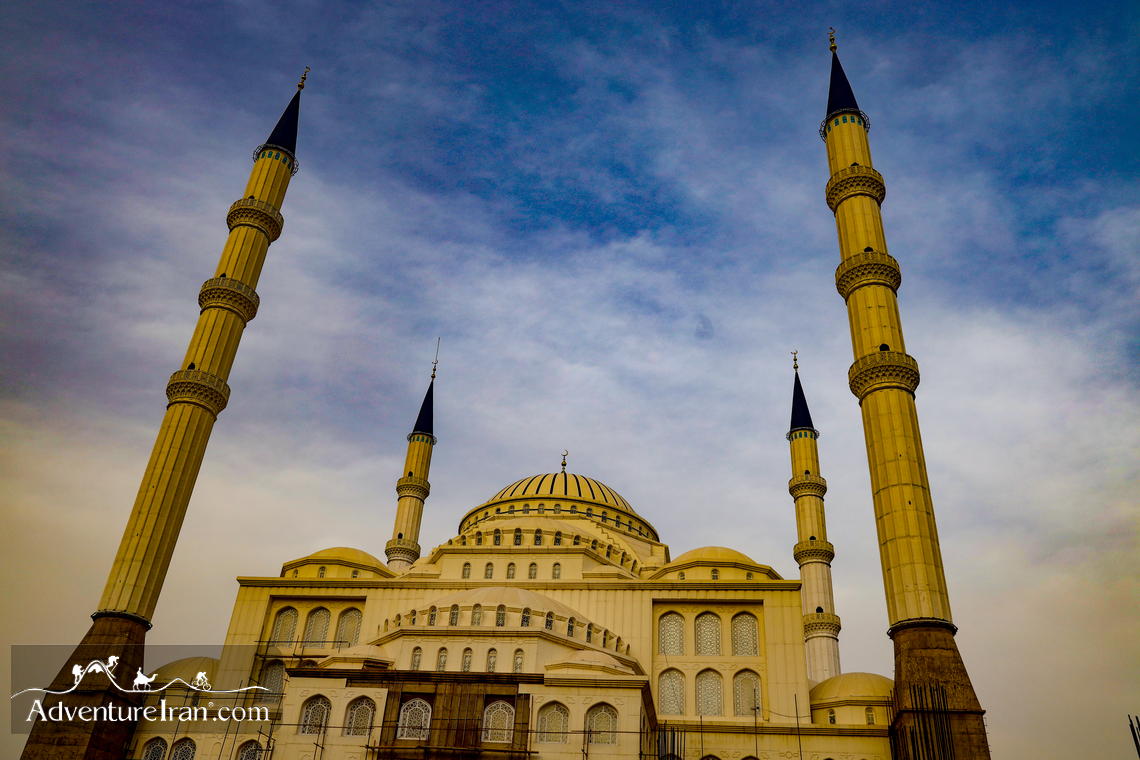
Zahedan and Suburbs
-
The old Bazaar of Zahedan
-
Makki Mosque
-
The great museum of Zahedan (Iran Southeastern Museum)
-
Rasouli Bazaar of Zahedan
-
Haftad Molla historical grave, Tamin village (120 km away from Zahedan)
-
Tamin historical village- with special stone architecture – (110 km south of Zahedan)
-
The Burnt City (Shahr-e Sokhteh)- UNESCO World Heritage Site (located 172 km north of Zahedan)
Chabahar Port
-
Traditional bazaar of Chabahar
-
The fresh mark and sea market
-
Chabahar free zone shopping mall
-
The port of Chabahar and fishermen (early morning visit is recommended)
-
Seafood restaurants

Chabahar West Coast
-
Mud Volcano (Gel Afshan), Tang Port
-
Organic Banana orchard (170 km west of Chabahar)
-
Darak Village and coast (the meeting point of desert and sea, 160 km west of Chabahar)
-
Martian Mountains landscape (on the coastal road towards west)
-
Tis historical port (Tiz) and the Jameh Mosque (10 km northwest of Chabahar)
-
Pozm Tiab coast (60 km west of Chabahar)
-
Tang port and fishing village- boat trip in the bay towards desert islands (120 km west Chabahar)

Chabahar East Coast
-
Pink Lake and Lipar wetlands and lagoon (22 km east of Chabahar)
-
Martian Mountains (on the coastal east road)
-
Mangrove forest (105 km east of Chabahar)
-
Boat trip through Gwader bay (102 km east of Chabahar)
-
Beris Port and sunset view (63 km east of Chabahar)
-
The amazing bumpy coastal road towards the border with Pakistan
-
Birdwatching in Gwader bay (102 km east of Chabahar)
-
Camping point on the untouched beach (East coast)
-
Pasabandar port, fishing port (87 km east of Chabahar)

Zabol
-
Galeh No
-
Kuh-e Khwaja (Khajoo Mountain) Tentative UNESCO site-Iranian historic city-fortresses
-
Dahaneh Gholaman (the ancient ruins of Achaemenid town)

Iranshahr
-
Naseri Castle
-
Old Bazaar
-
Bampoor Historical Castle (24 km west of IranShahr)
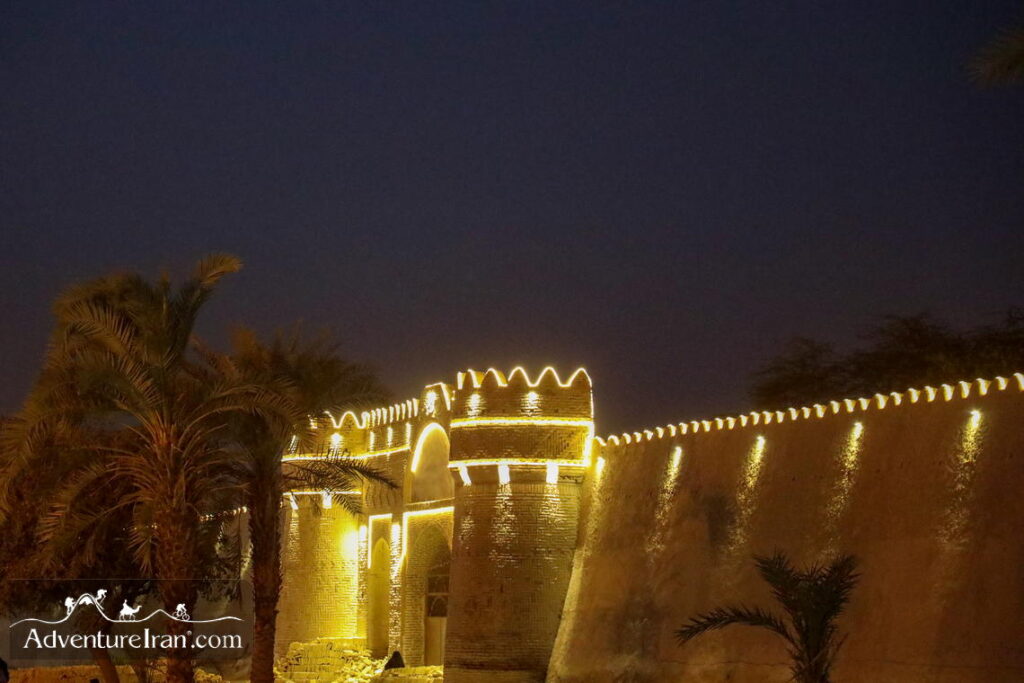
Lodging and Accommodation
One of the main issues of traveling in this province is the lack of a variety of accommodations and types of hotels. The province is not well-developed in the travel industry and the number of hotels is limited. Most of the hotels are used by the locals for business purposes. There are also different construction projects in the main cities and people who travel to Zahedan and Chabahar accommodate those hotels for different missions. Another problem is related to the season. It is restricted to only a few months of the year in the wintertime and the number of rooms is limited too. So, many travel agencies who perform tours for locals chart the total rooms for their domestic tours. This issue is especially problematic in Chabahr port because most locals are interested in shopping in the Chabahar Free Zone district and the beach. Finding a hotel during the hot season in Zahedan is much easier than in Chabahar. However, in the other two cities of Zabol and Iranshahr, the number of visitors is very limited, and booking a hotel is easier as a result. For the rest of the province and rural districts, the local house is the best place to stay as there is no hotel or official lodging in the villages. There are a few traditional guest house projects under construction that may be opened soon.

How to Get There?
Sistan and Baluchestan Travel Guide for Transportation System
Different ways of traveling to Sistan and Baluchestan province:
- Flight: There are two main airports in the two main cities of Zahedan (capital of the province) and Chabahar port. There are also different airlines with flights from Tehran to those cities and vice versa. The number of airplanes are depending on the high season and low season. The flying time from Tehran to Zahedan is about 2 hours and from Tehran to Chabahar would be about 2 hours and 15 minutes. We tried both routes in our tours during the past few years and the clients were satisfied with the type of airplanes and flights. Besides, there is another small airport in Zabol in the north of the province and nearby the Afghanistan border. There are also a few departures per week and the flight time would be about 2 hours. It could be another option for those who prefer to start the journey from the north of the province and travel towards the south.
- Train: In addition to flying, there is a railroad from Tehran towards Zahedan, passing the main cities of Kashan, Yazd, Kerman, and Bam. There used to be daily trains from Tehran to Zahedan and vice versa, but only 3 weekly departures are operating in Iran Train System now. As the number of departures will change over time, you have to double-check the schedule of the trains between the two destinations. The departure time is before noon from Tehran, and it’s about 14:00 from Zahedan. Your travel duration to Sistan and Baluchestan would be about 21-23 hours depending on the train type and the number of stops on the route. Of course, the government had a big project to create a railroad from Zahedan to Chabahar some years ago. They have built some parts of the route, but the project has not been finished yet.
- Bus: Another type of transportation for traveling to this region is the bus. If you traveled to Iran before or read about the buses in Iran, you know the quality of the buses is excellent. The bus system has been improved in all Iran provinces during the last decade, and all of the provinces make use of the high-quality buses at present. The buses are mostly 40-seaters and the VIP buses are 25-seaters. There are buses from Tehran every day and night. You can also travel from Tehran to Iranshahr by bus. As the distance between the capital city of Tehran and Sistan and Baluchestan is too far, it’s better to use flight or train which is more comfortable.
Transport Inside the Province
The easiest way for traveling inside the province is using the road. The train is under construction as we mentioned before and there are only two flights between Zahedan to Chabahar per week at the time we are writing this article. Moreover, sometimes flights are delayed or canceled due to insufficient capacity. You could use the public transportation system such as big buses or hire a private car. All of the roads in the province are well developed and the government has built asphalt roads between small towns and villages in most parts of this destination. As the distance between the main cities inside of the province is longer than that of other provinces in Iran, your travel time is longer than what you expect. But it will allow you to explore this exotic destination deeply and visit many places on your way on the other hand. The most popular bus route is from Zabol to Zahedan and from Zahedan to Chabahar with a short stop on Iranshahr. For traveling between small towns or visiting the villages, you should use a private car.


Sistan and Baluchestan Travel Safety Tips
One of the main questions for many travelers is:
- What are the risks of traveling to Sistan and Baluchestan?
- Is it dangerous to travel to Sistan and Baluchestan?
Sistan and Baluchestan, like other provinces of Iran, is safe to travel to. It is attached to the two countries of Afghanistan and Pakistan, so it makes a dangerous image of this destination for traveling. If you heard or read about all insurgencies happening in this region, it’s only about the civil war between Shia and Sunni groups that happened a few times. Those issues have been considerably decreased at present.
If you just have paid attention to the information of the world’s mainstream media for travel destinations or read the news on Iran on the websites of the US newspapers, you should not travel to Iran and especially Sistan and Baluchestan. Everyone knows about the terrorist attacks in every corner of Europe and the number of people who died in those explosions, but travelers still keep traveling to those countries. Have you ever asked yourself the reason? Yes, we know it’s all about the power of the mainstream media. Many travelers died in those explosions, but how many records have you found about people who died during their travel to Iran?
Moreover, if Iran’s government felt Sistan and Baluchestan is not safe, they did not allow international travelers to visit the province. Most of all, Adventure Iran as an experienced tour operator will never encourage their clients to travel to unsafe destinations.
We have traveled to very remote areas of Sistan and Baluchestan many times for research, photography, and inspection and we have not experienced any issues. We brought many travelers from different countries to visit this province. A couple of European tour operators added this destination to the tour lists on their brochures and websites as well. If you check out Sistan and Baluchestan photo gallery, you will see the photos of travelers too. If you are a tour operator and would like to have more information and reference, please get in touch.

Sistan and Baluchestan Best Season and Travel Time
There are only two seasons in this region, winter, and summer. The 4 to 5 months is winter with pleasant temperature for traveling, and the rest of the year is the hot season. Travel time could be varied depending on the type of the activities and the region, but it is allocated from November to April.
For those who would like to explore many of the attractions in a short trip, the best travel time would be between December and mid-March. If you would like to include a long desert trip in your cultural-historical visit, November and December would be the best travel time to enjoy activities in the desert.
If you would like to ascent high mountains like Taftan or Bazman, November to December would be the best season you could enjoy an amazing trek on the mountain. Taftan is the only important mountain in Iran that you could climb in the wintertime while you don’t need to be a technical climber.
If you would like to travel just to the southern part along the coast and Chabahar, December to February is the best time to visit as the weather is warm at the beach.
To the birdwatchers, we advise you to travel in February and March.

Sustainable Tourism & Helping Locals
One of our mission in Adventure Iran is sending our tours to the non-developed regions not only to create a special experience for travelers but also to provide income for the locals. We design most of our trips in the rural regions of this province. Along with interaction with locals, we select their accommodation and local houses for lodging as well as their cooking and meals for catering. Sometimes, we use a local guide and transport according to the itinerary. Nevertheless, this is only for people who we work with and the rest of the local community who do not benefit from our activities. In some undeveloped regions, we try to help the locals via travelers who are interested to participate in this project. We also spend a percentage of our income on the locals in some regions of Sistan and Baluchestan. If you are interested too, we can eagerly connect you to one of the people who help a school build in those regions. If you wish to travel to Sistan and Baluchestan and visit those places, we can give you some advice on how to help the local community.

Sistan and Baluchestan Travel Guide for Tailor-made and Group Tours
Adventure Iran is the first tour operator in Iran focusing on this region as a specialist in Sistan and Baluchestan destination. In March 2019, we made a speech for about 30 minutes in ITB Berlin and introduce this destination to the largest world travel exhibition. Below, you can see the picture of our presentation.
If you are interested in traveling to Sistan and Baluchestan, we can create different types of itineraries regarding your favorite travel time, duration of your stay, and interests and activities you would like to do.
One of our most popular tours is THE BEST OF SISTAN & BALUCHESTAN tour which is a combination of sightseeing, historical and cultural sites of the province, boat trips, short walking, desert regions, and natural attractions. This new tailor-made tour was designed after organizing different group tours to this region.
If you are interested in trekking, we customized the special short tour of TAFTAN ACTIVE VOLCANO MOUNTAIN which includes a day trip to Dasht-e Lut desert, Tehran, and Zahedan sightseeing, as well as trekking towards the peak.

Another short tour that we designed for cultural-historical explorers is SISTAN CIVILIZATION, LUT DESERT, AND ZAHEDAN which covers the capital and northern part of the province (Sistan).
The other is BALUCHESTAN, CHABAHAR PORT, AND INDIAN OCEAN COAST which only focuses on the southern part of Sistan and Baluchestan province including natural attractions, the coast, and Chabahar port. This tour is in the Baluch part of the province and seeing the fishermen’s lifestyle, visiting the fishing villages along with exploring untouched off-the-beaten-track paths are the most interesting parts of this tour.
IRANIAN BALUCHISTAN THROUGH A PHOTOGRAPHY TOUR is a special tailor-made trip designed for people with special interests who travel for photography. This trip mostly focuses on the portrait photography and visiting different types of people who live in the south part of this province.
If the above tours do not fit your interest or if you have any special interest, please send your inquiry through this Tailor-made section of our website. Our technical tour manager will prepare a customized itinerary regarding your interests.

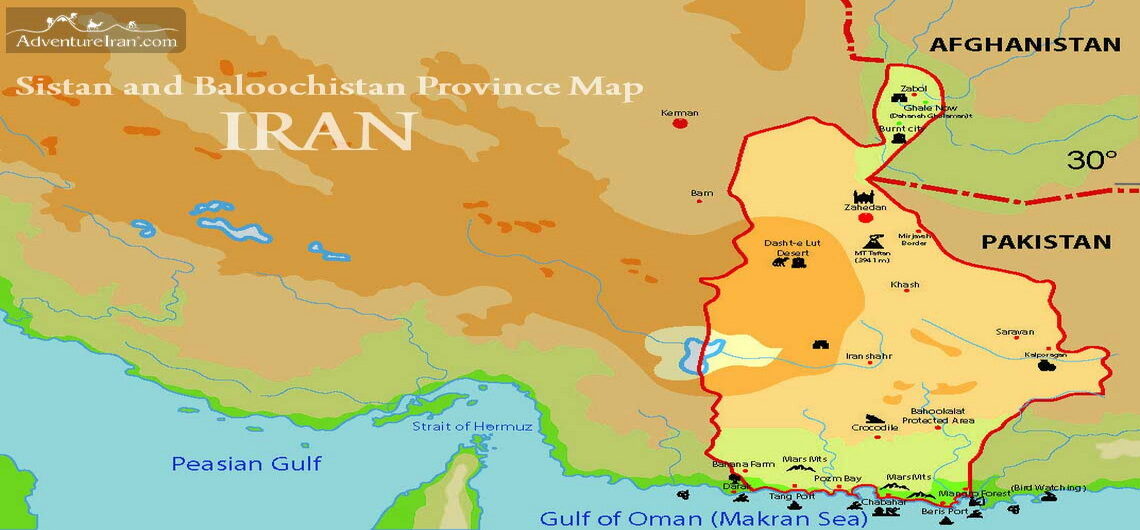
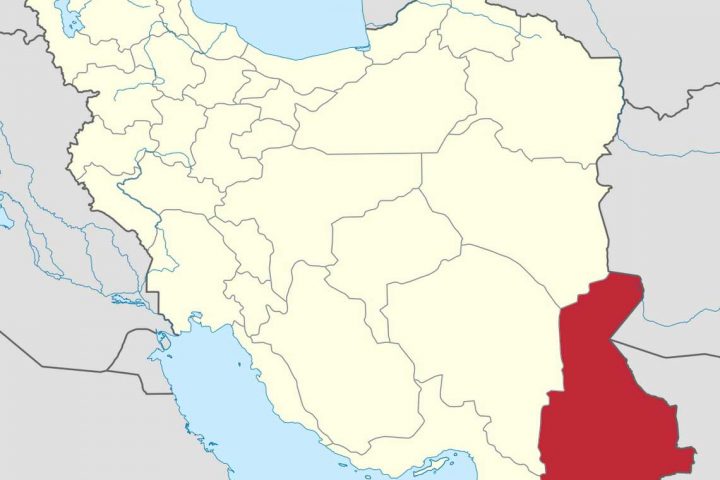











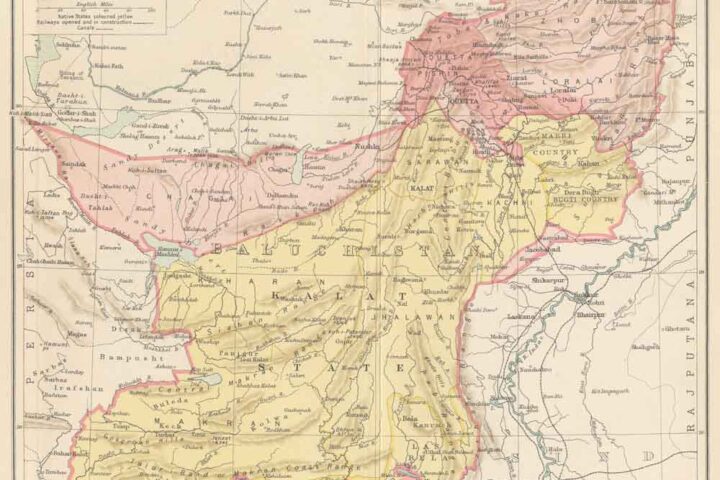
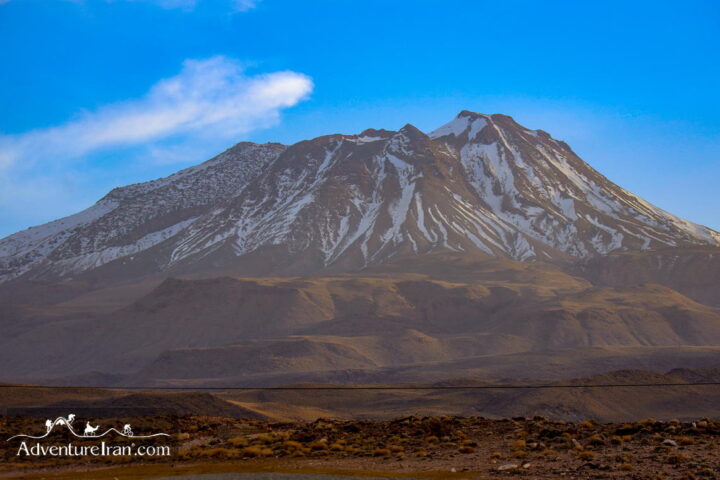
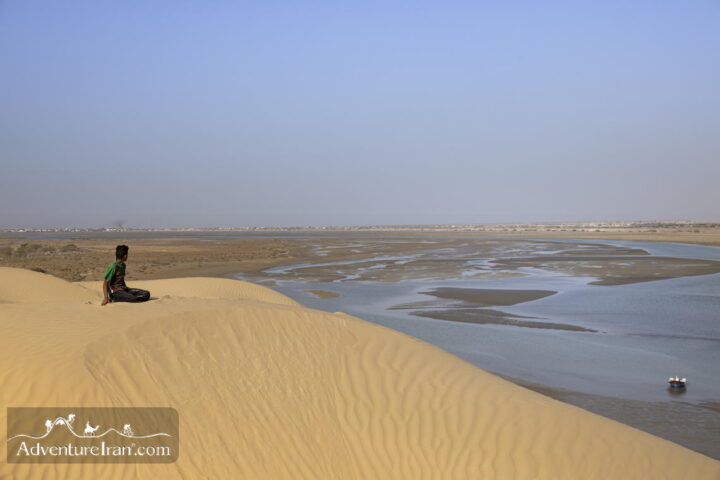



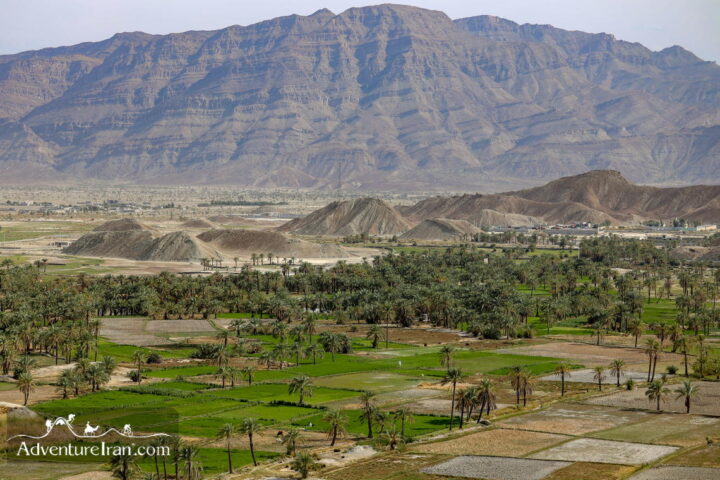
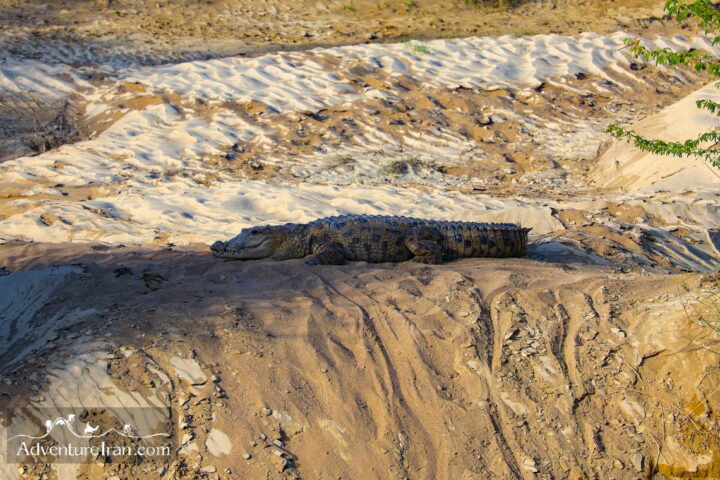
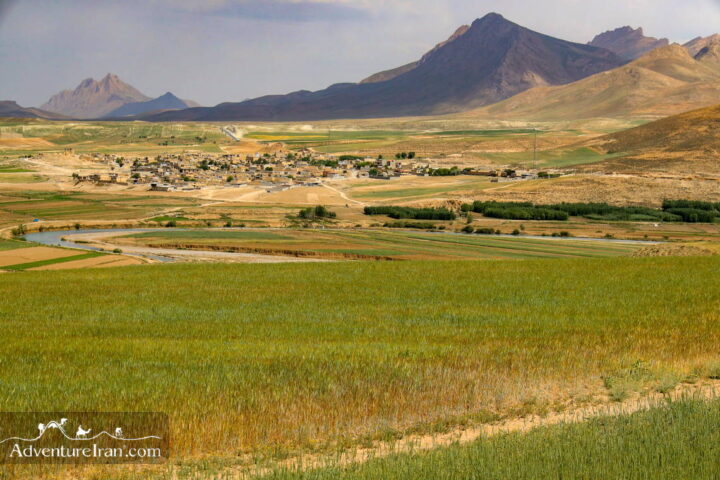












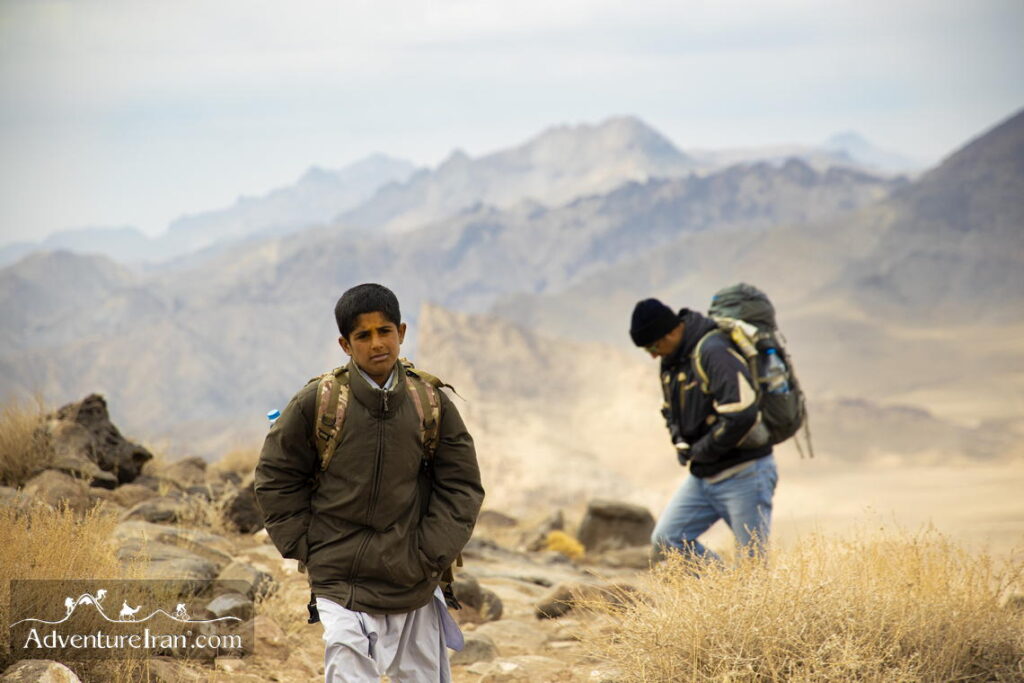


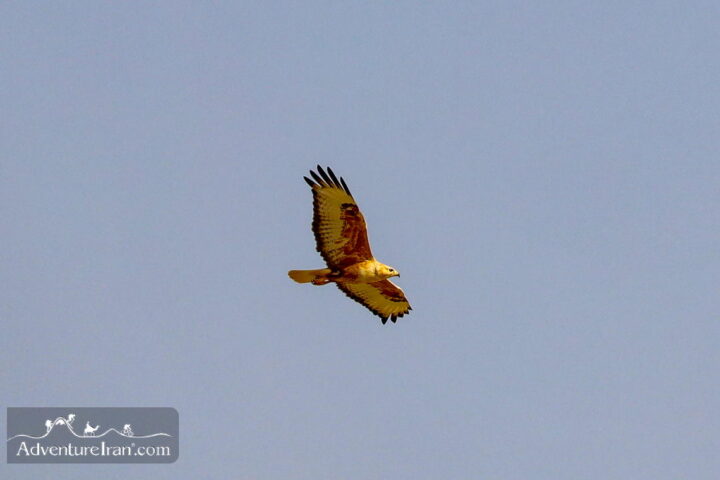




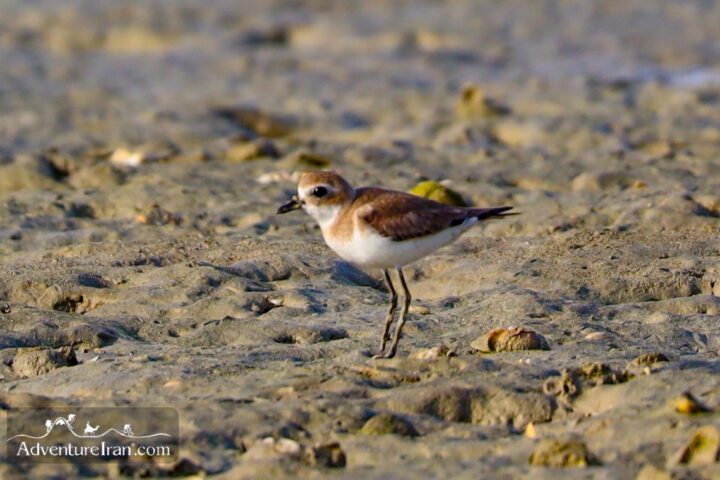




















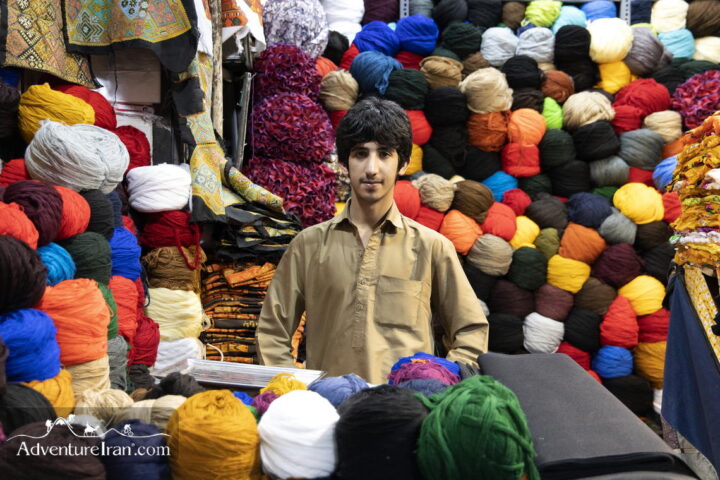

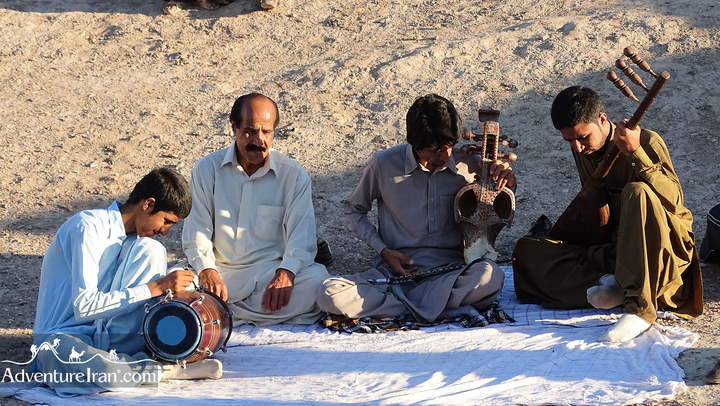





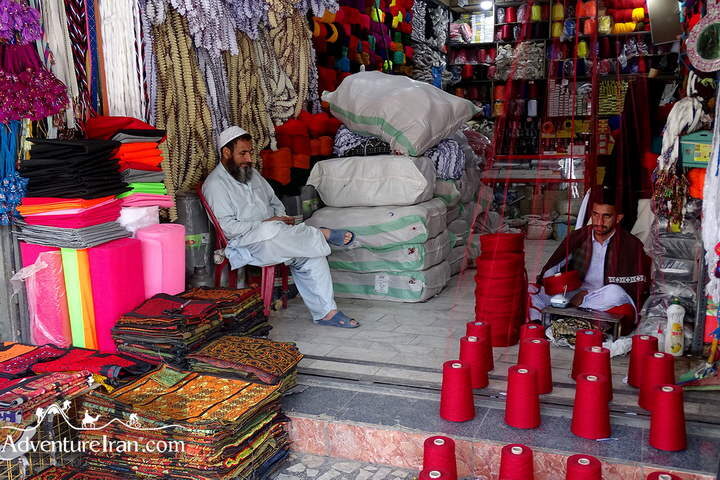














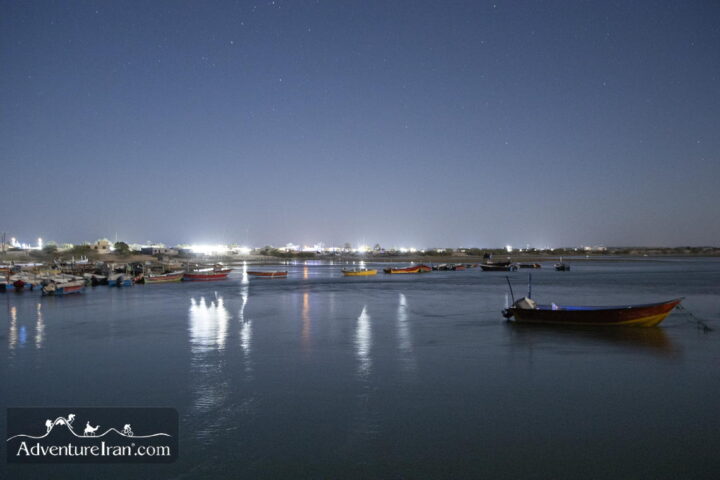







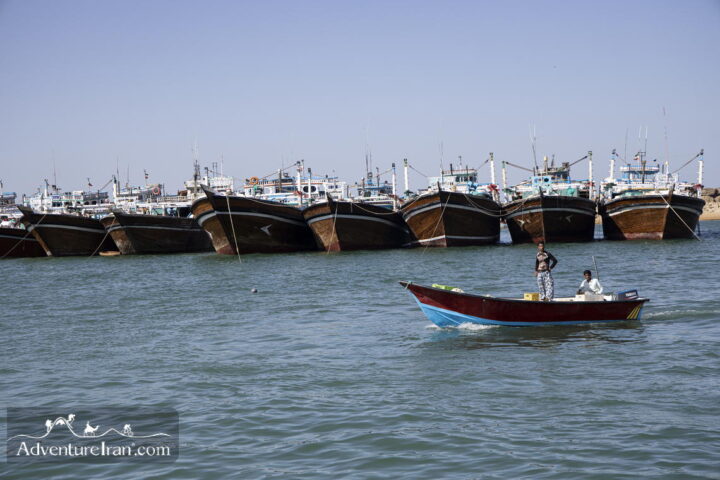




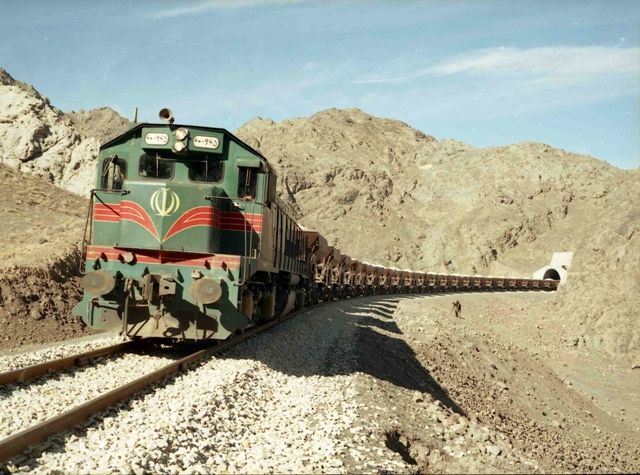






Comments